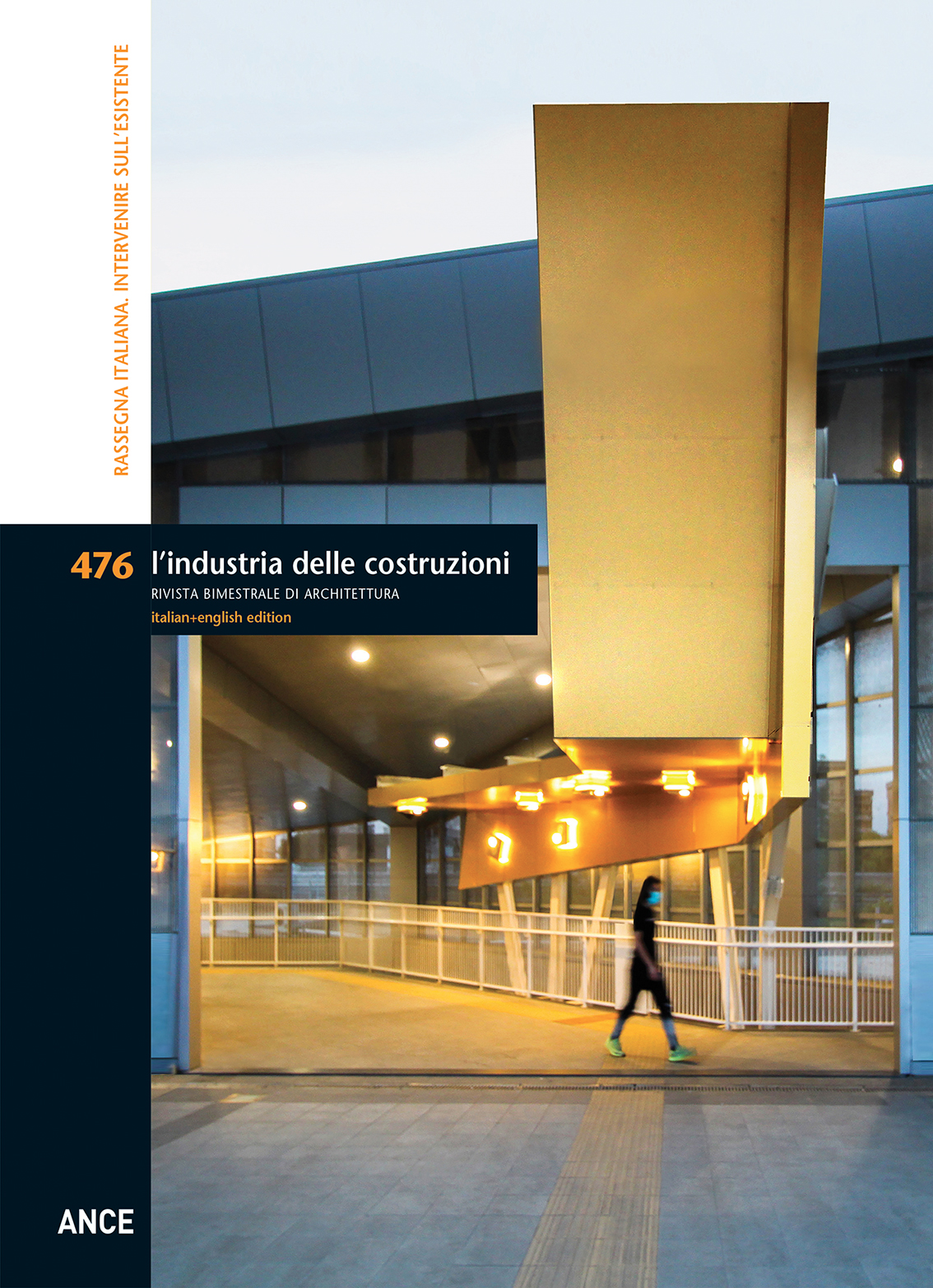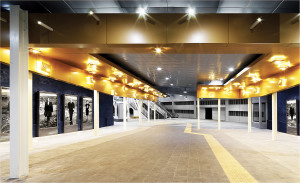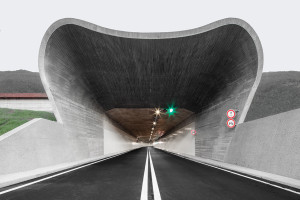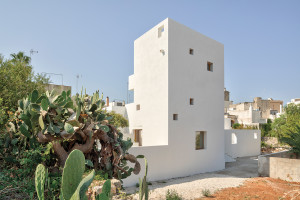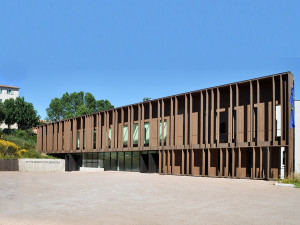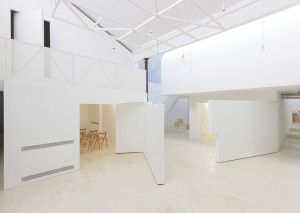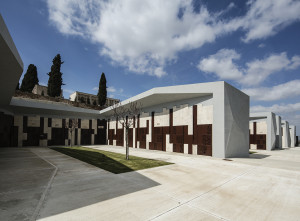NOV
DIC
2020
Italian review. Building atop the built
We are currently on the threshold of a new decade and in the midst of a global pandemic. On the one hand this situation is making a decisive push toward the growing presence of new information technologies in numerous everyday activities. On the other hand it is forcing a profound reconsideration of behaviours and lifestyles already considered inappropriate or in any case little suited to the equilibriums of our ecosystem. Hence, the theme of building atop the built, of refurbishing existing stock to meet new needs proposed in this issue is not only pertinent, but also of notable professional and cultural interest. It could be said that in recent years the interpretation and rewriting of existing buildings has become the prevalent activity for a rather large group of architects operating within the panorama of Italian architecture; a typical expression and field of research that, while perhaps more laborious, is also more stimulating. This is a very important field for designers who operate like artisans. Their approach to design considers the complexity and increased limitations which often accompany working with the new, rather than designing ex novo, as a resource. These premises stimulated the desire to investigate different fields of action tied to this way of working, to understand its strategies and languages, to discover its multiple and variegated expressions. Beginning with the projects selected for this issue, and not only, the wide number of situations is evident: the restoration, completion and reuse of existing buildings, additions and grafts, involving small portions of the consolidated urban fabric. There are also examples that integrate existing infrastructures, for example the restyling of the Scampia metro station. This project has given a completely new image to an existing and obsolete building through a skillful operation of reintegration, based on ironic contaminations between an art installation and design, offering an excellent example of how a building considered of zero value, using creativity and patient research, can be temporarily restored and given a new life, without being demolished. However, the challenges faced by architecture in our contemporary society do not end with the numerous opportunities and projects mentioned so far. There are many other questions, for example, the very delicate issue of maintaining and restoring infrastructures of notable architectural value, such as the Basento Bridge by Sergio Musmeci (C. Andriani). Perhaps less familiar but equally important is the question of modernizing the country’s penitentiaries (P. Posocco) to create more human spaces of detention, based on the principle of recovery and no longer solely on punishment. This survey concludes with the important reflections, directed primarily at professionals, on the role of the architect as a translator (F. Irace) who, in caring for a work of architecture, assumes the difficult responsibility of conveying it into the future while ensuring its vitality in the present.

